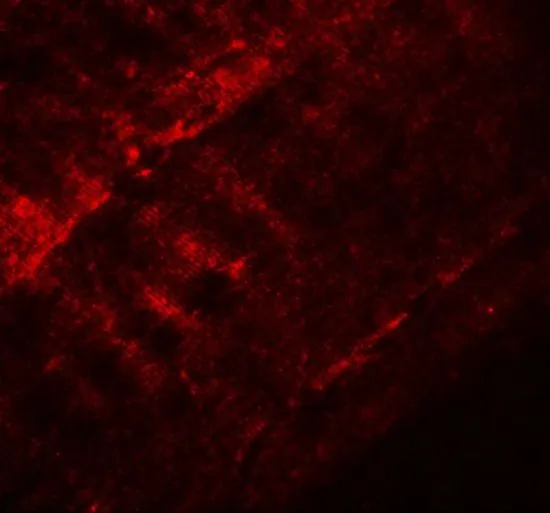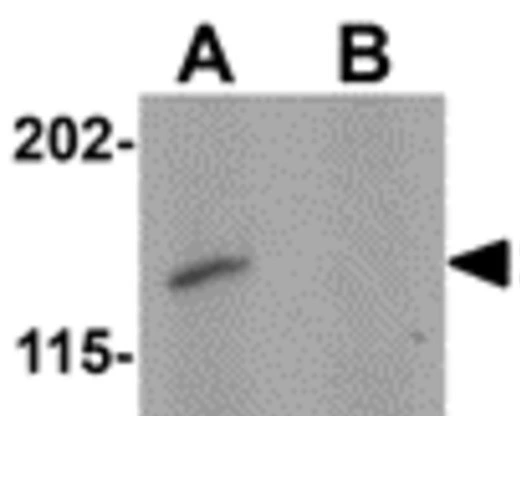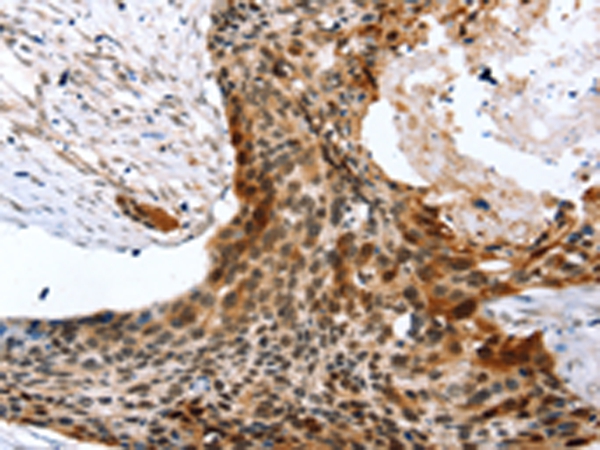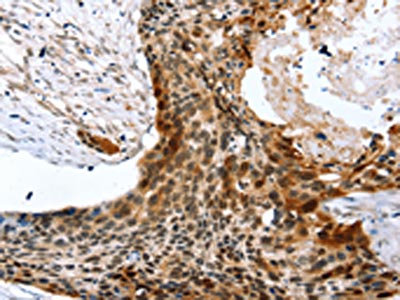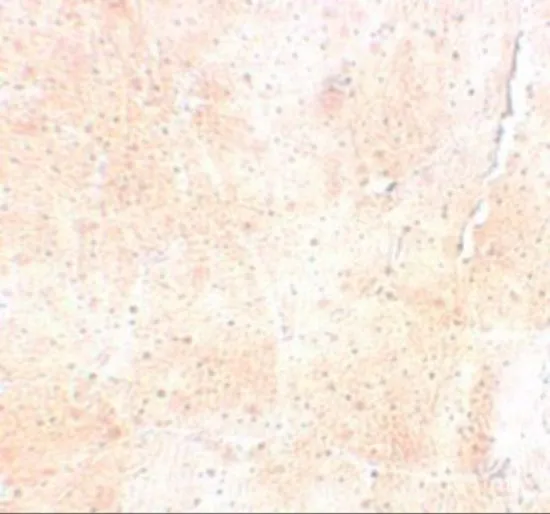
IHC-P analysis of mouse skeletal muscle tissue using GTX85139 SYNPO2 antibody. Working concentration : 5 microg/ml
SYNPO2 antibody
GTX85139
ApplicationsWestern Blot, ELISA, ImmunoHistoChemistry, ImmunoHistoChemistry Paraffin
Product group Antibodies
TargetSYNPO2
Overview
- SupplierGeneTex
- Product NameSYNPO2 antibody
- Delivery Days Customer9
- Application Supplier NoteWB: 1 microg/mL. IHC-P: 5 microg/mL. *Optimal dilutions/concentrations should be determined by the researcher.Not tested in other applications.
- ApplicationsWestern Blot, ELISA, ImmunoHistoChemistry, ImmunoHistoChemistry Paraffin
- CertificationResearch Use Only
- ClonalityPolyclonal
- Concentration1 mg/ml
- ConjugateUnconjugated
- Gene ID171024
- Target nameSYNPO2
- Target descriptionsynaptopodin 2
- Target synonymssynaptopodin-2, genethonin-2, myopodin
- HostRabbit
- IsotypeIgG
- Protein IDQ9UMS6
- Protein NameSynaptopodin-2
- Scientific DescriptionSYNPO2 was initially identified as myopodin, a member of the synaptopodin family that contains one PPXY motif and multiple PXXP motifs. It colocalizes with alpha-actinin and is found at the Z-disc and during stress conditions will translocate to the nucleus, suggesting that it is part of signaling pathways in addition to its function as a structural protein. SYNPO2 has been shown to bind to calmodulin, alpha-actinin, and smooth muscle myosin and will stimulate actin polymerization in a calmodulin dependent manner, consistent with its proposed role in organizing the cytoskeleton. While deletion of SYNPO2 has been reported to be highly correlated with the invasiveness of prostate cancers, other reports suggest that down-regulation of SYNPO2 reduces the invasiveness and motility of prostate cancer cells.
- Storage Instruction-20°C or -80°C,2°C to 8°C
- UNSPSC12352203
References
- Salim C, Muders H, Jäger A, et al. Role of chaperone-assisted selective autophagy (CASA) in mechanical stress protection of periodontal ligament cells. J Orofac Orthop. 2022,83(1):1-12. doi: 10.1007/s00056-021-00358-3Read this paper

